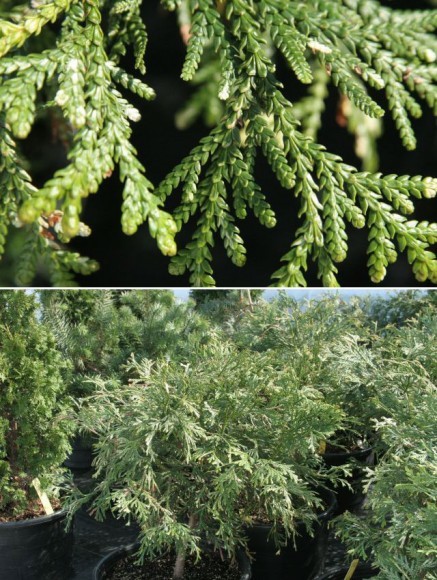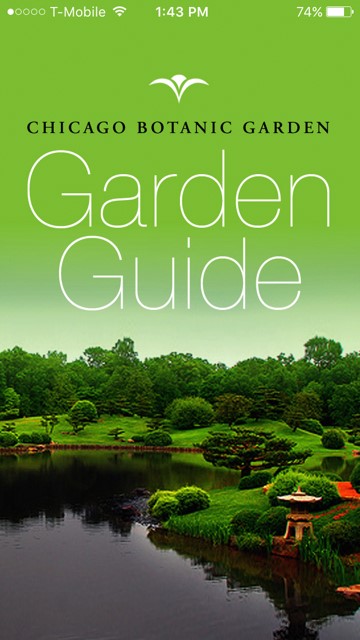Blog Posts | January 13, 2016
Share ThisJanuary 13, 2016
Chicago Botanic Garden
When the Institute of Museum and Library Services (IMLS) funded the development of the Chicago Botanic Garden’s free smartphone app, GardenGuide, no one could have anticipated that the service would be used in a most amazing way: to help a little girl with a life-threatening allergic reaction.
The unique situation reflects the far-reaching impact of IMLS funding and the power of museums to affect people in all aspects of their lives.
When I got a call for help last summer, the clock was ticking—a little girl was seriously ill. A Denver hospital needed living tissue from Thujopsis dolabrata or any of its cultivars within 24 hours to determine if the plant was the cause of the girl’s life-threatening allergic reaction.
The girl had been flown in from Japan to be treated at the hospital, National Jewish Health, which is known worldwide for treating patients with respiratory, immune, and related disorders. In this case, the doctors apparently had a list of potential allergens they were testing, including Thujopsis, a rare evergreen shrub that is native to Japan.

Photo of Thujopsis dolabrata ‘Variegata’, Courtesy of the Chicago Botanic Garden
A hospital official began the search for the plant with my colleague at the Denver Botanic Gardens. When my colleague couldn’t help, she learned via GardenGuide’s Plant Search function that we have the plant, commonly known as hiba arborvitae.

While the call came out of the blue—in my 17 years at the Garden, I’ve never fielded such a request—this type of emergency was not new to me. I had been in charge of landscaping at the University of Texas Medical Branch in Galveston, and occasionally supplied plant samples to Texas Poison Control. Now, as the Garden’s director of living plant documentation, I found my response to this emergency just kicked in.
I snipped a branch from two different cultivars of Thujopsis that were in the Garden’s production nursery. Within three hours of receiving the request, I had dropped off the samples at FedEx.
As it turned out, Thujopsis was the culprit, and the hospital is continuing to test the girl’s blood samples with extracts from the Thujopsis to determine what constituents are causing the allergic reaction. Meanwhile, the girl responded quickly to emergency treatment, was stabilized, and returned to Japan.
I was thrilled, of course, by the result and taken aback by the reaction to another blog I wrote about the incident. One reader posted this comment:
“An amazing and fascinating story—and one more for explaining why plant documentation is so important.”
I’ve always thought that making the Garden’s database of more than 2.6 million plants accessible to the public was a great feature. The IMLS grant via the MFA Collections Stewardship program allowed the Chicago Botanic Garden to do just that. With the critical timing of this little girl’s emergency, I now realize the GardenGuide app has potential beyond my wildest dreams.
Boyce Tankersley serves as director of living plant documentation at the Chicago Botanic Garden and has overseen this area since 1998. His team’s responsibilities include maintaining records on over 2.5 million plants; verifying the accuracy of all plant nomenclature; labeling 9,500 taxa of permanent plants and 4,000 taxa of seasonal plants; mapping woody and perennial plants; and tracking the change in status of all accessioned plants from cradle to grave.
